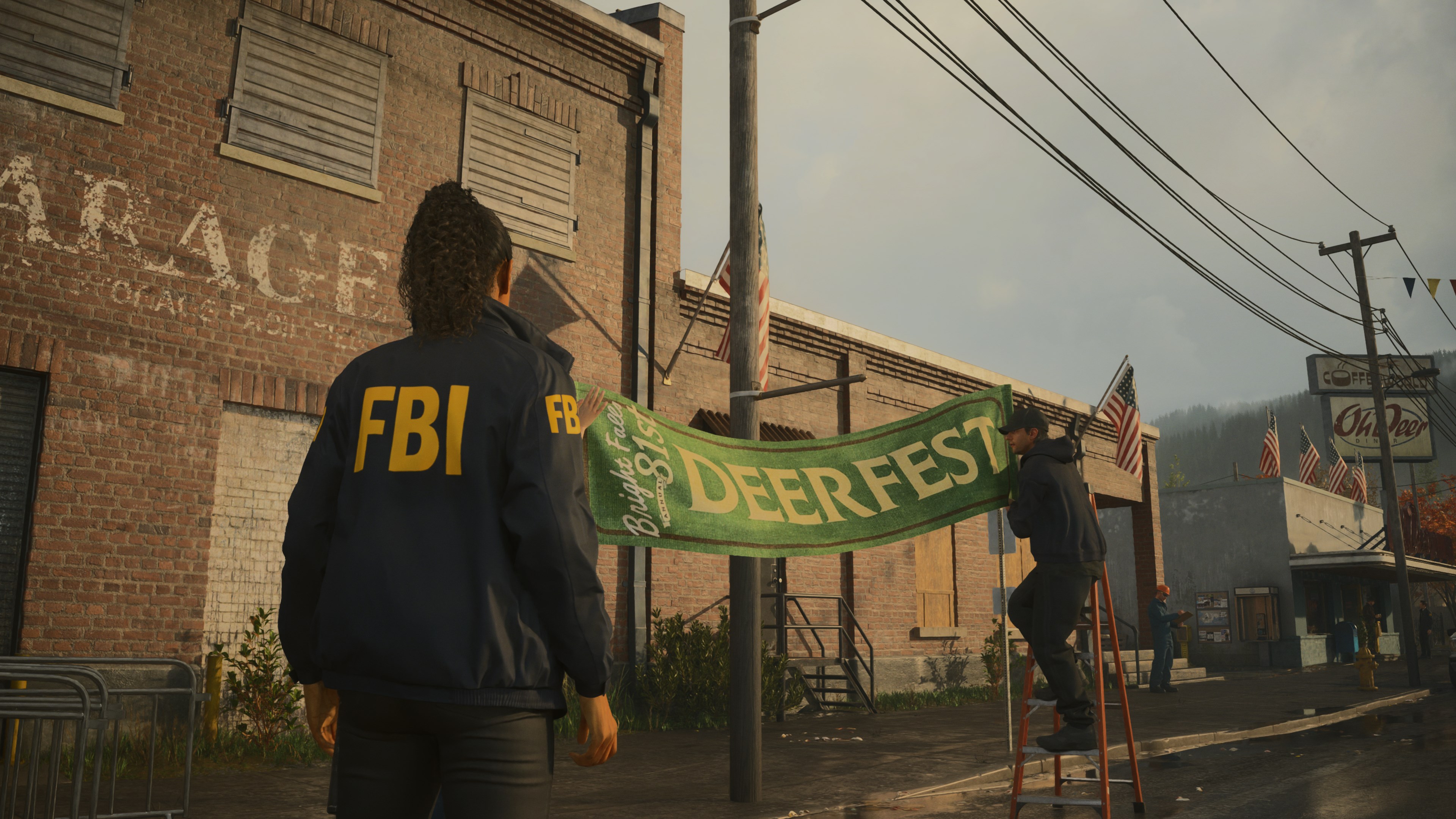You can run Alan Wake 2 on a 10-series or older graphics card, but you definitely shouldn't
I've stuck a GTX 1080 in our test bench and I just cannot get anywhere close to passable performance.

Alan Wake 2 is a beautiful videogame, but that comes with some hang-ups for anything but the very latest graphics cards. One big one is that this game demands a graphics card capable of running mesh shaders. If your card doesn't support them, you're out of luck.
Mesh shaders were first introduced with Nvidia's Turing architecture, and later rolled out with AMD's RDNA 2 and Intel's Arc Alchemist architectures. Any DirectX12 Ultimate compatible GPU can handle mesh shaders—that's an advanced version of DirectX12, which includes support for mesh shaders, variable rate shading, ray tracing, and sampler feedback. Not all DirectX12 graphics cards are compatible with DirectX12 Ultimate.
Mesh shaders essentially replace the vertex, tessellation and geometry shaders that have been used for decades now to create complex game geometry. They work by combining the multiple pipeline stages into one stage, removing potential bottlenecks to performance, and allow for greater control of the entire geometry pipeline. To put it plainly, they're just better.
If you'd like some light reading before bed: Nvidia, AMD, Vulkan, Timur's Blog, and Microsoft offer explanations of how mesh shaders actually work in the geometry pipeline.
The key thing to know here is Alan Wake 2 uses mesh shaders. More than that, one of the game's developers said that they are aware that the vertex shader pipeline, i.e. the traditional fallback geometry pipeline should mesh shaders not be supported, is busted.
Before the game's release we had expected this to be a firm 'no mesh shaders, no entry' policy. However, that's not the case. You can play the game with an older graphics card sans DX12 Ultimate compatibility, but it's bad. Really bad.

I've thrown a GTX 1080 into the PCG test rig to see just what sort of performance you can expect out of an older graphics card in Alan Wake 2. This ageing Pascal graphics card was first released in 2016, and as such isn't going to impress with a high frame rate in most modern games—not when compared to some monster like the RTX 4090, anyways. But it's still a decently capable card with just enough memory to see it through at 1080p or 1440p.
Keep up to date with the most important stories and the best deals, as picked by the PC Gamer team.
None of that matters. Without mesh shader support, this card can't do s**t in Alan Wake 2.
CPU: Intel Core i5 14600K
Motherboard: Asus ROG Strix Z690-F Gaming WiFi
Memory: G.Skill Trident Z5 Neo DDR5-6000 CL30 2x 16GB
Storage: 2TB Sabrent Rocket 4.0 Plus
Cooler: Asus ROG Ryujin II
PSU: Gigabyte Aorus P1200W
Even on the lowest graphics preset at 4K, it managed just 11 fps on average with 1% low of just 5 fps.
Maybe 4K is asking a bit much of this seven-year-old graphics card in one of the most attractive videogames of the year.
1440p? Nope. 15 fps on average.
The best you can ask for is 30 fps, with 1% lows of 14 fps, and to reach that you have run at 1080p with all settings set to their lowest values. You also need to enable AMD's FSR upscaling in Ultra Performance mode. That effectively drops the render resolution down to 360p—it looks like you're playing through a fish bowl that hasn't been cleaned in a year.
What's interesting is that you can tell the bottleneck must exist outside of the usual suspects, because lowering the render resolution or enabling upscaling has only a very minor impact on performance.

Now, that's sure to be frustrating for any player that hasn't upgraded in the past few generations. Sadly, I have no silver lining for anyone in that boat today. But I do have good news for those rocking more recent graphics cards on the cheaper side of things.
There's still hope (for some)
Besides the clearly poorly performing vertex shader pipeline, Alan Wake 2 isn't a poorly optimised game. I ran a heap of budget graphics cards from all three major manufacturers and found that pretty much you can get passable performance at 1080p, medium settings out of all of them.
One concern is that the Arc A750 did suffer from pretty frequent stutters, and you can see that in the 1% low metrics, which highlight its poor frame consistency versus the other cards tested.
The point is, with a modern DX12 Ultimate graphics card, you aren't going to hit a brick wall for game performance in Alan Wake 2. The game won't look as pretty as it can without one of Nvidia's high-end RTX 40-series graphics cards, but it's still a seriously pretty game even with medium settings and ray tracing disabled.

Jacob earned his first byline writing for his own tech blog. From there, he graduated to professionally breaking things as hardware writer at PCGamesN, and would go on to run the team as hardware editor. He joined PC Gamer's top staff as senior hardware editor before becoming managing editor of the hardware team, and you'll now find him reporting on the latest developments in the technology and gaming industries and testing the newest PC components.

